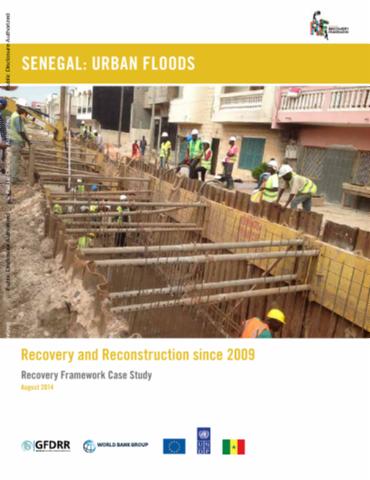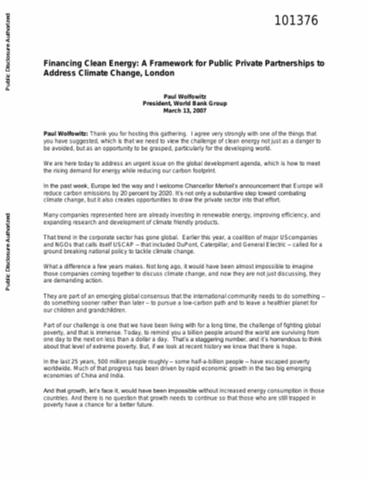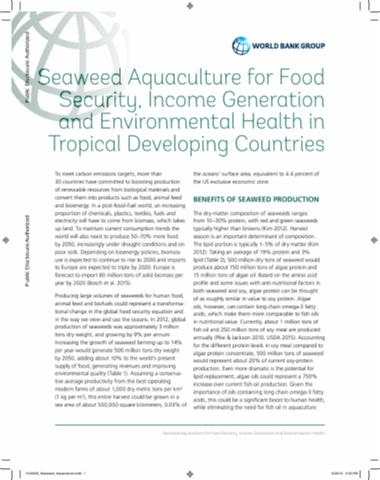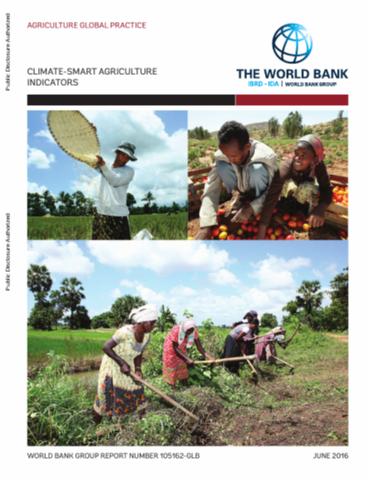Senegal Urban Floods
Senegal is located in the Sahel region of West Africa. Between 1970 and 2000, the country suffered prolonged droughts that contributed to rural exodus. Communities in these peri-urban areas, already among the poorest in the country, are the most vulnerable to episodes of heavy rainfall and subsequent flooding. The impact of floods in this situation of uncontrolled urban growth is exacerbated by the lack of a functional storm water drainage system, ineffective land-use policies and non-compliance with the urban planning and development master plan.












